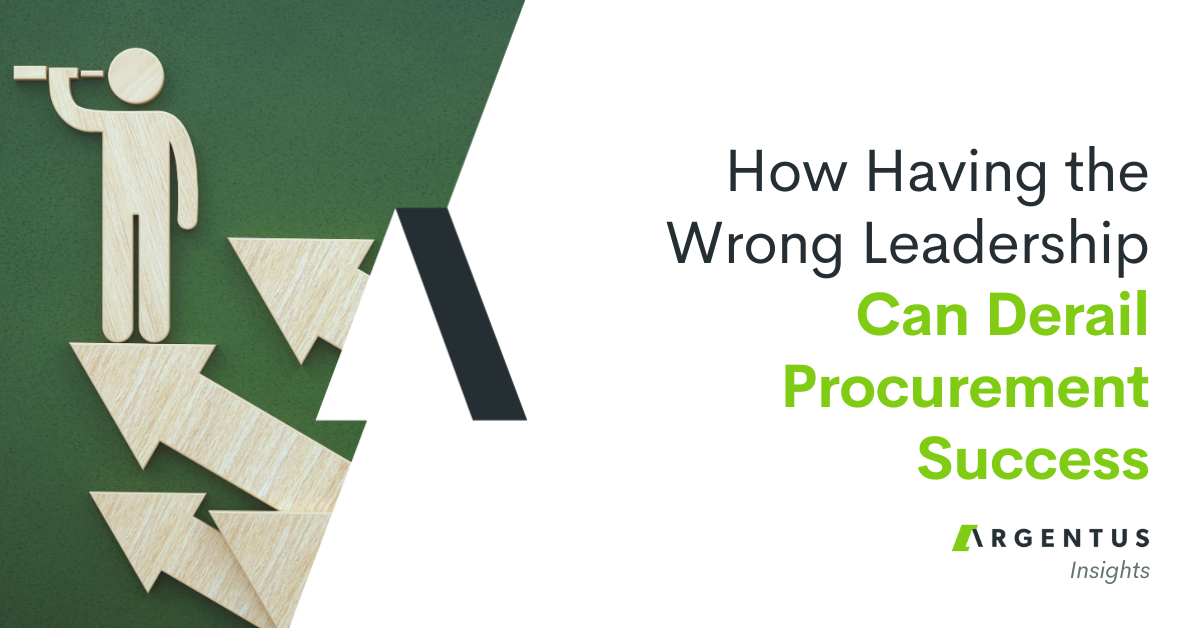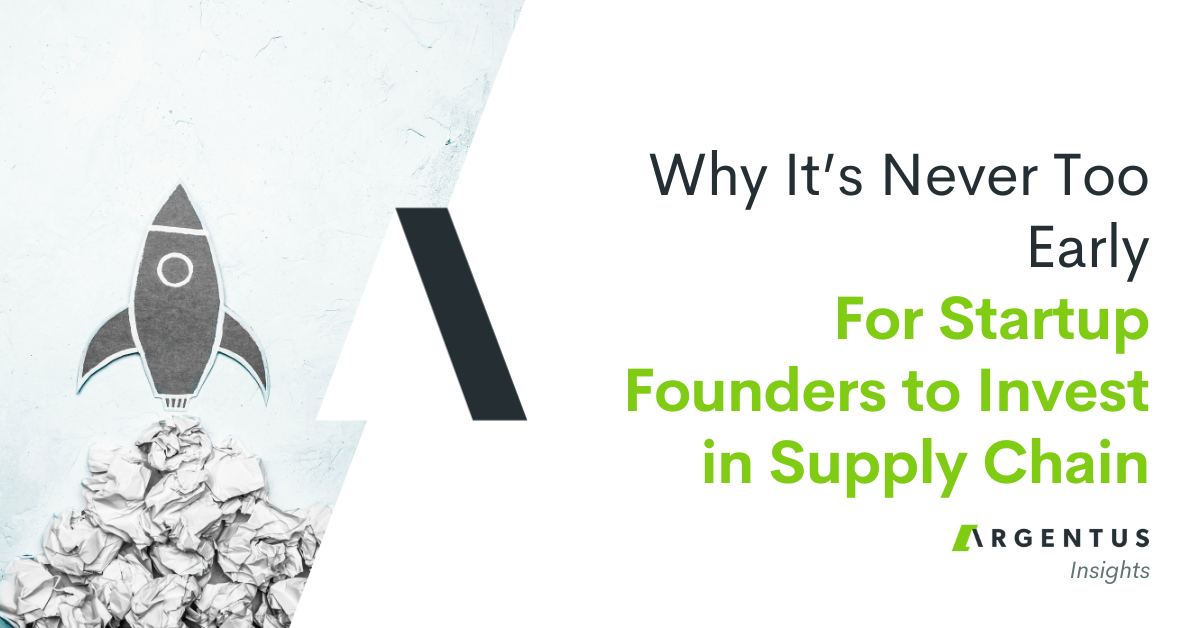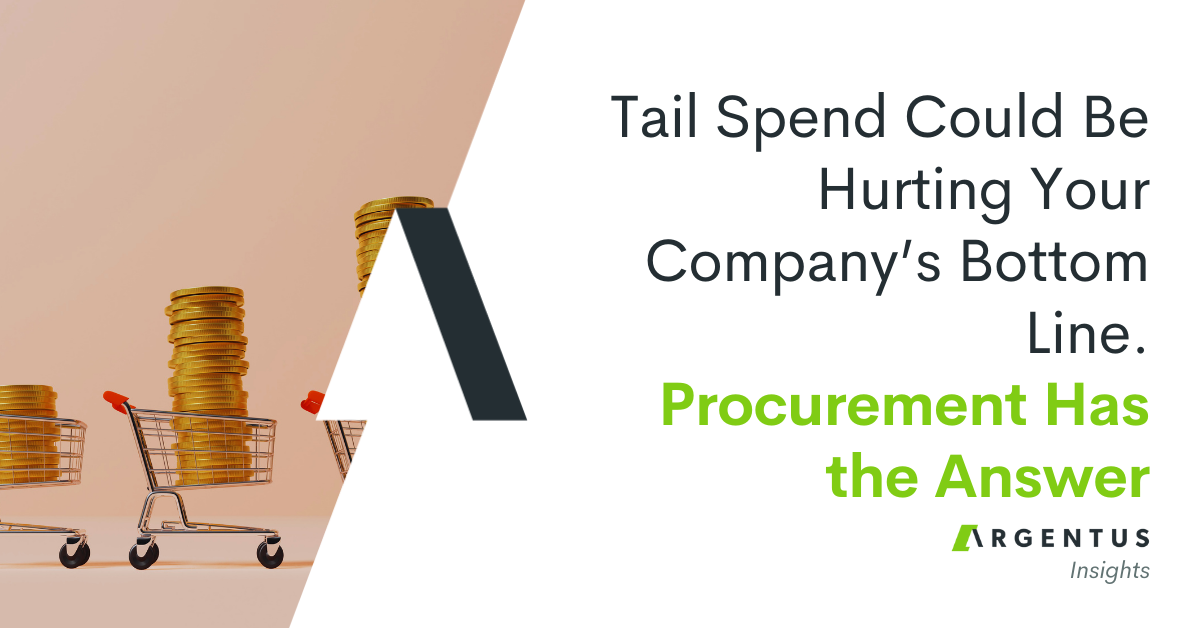A host of new technologies are offering the promise of something that’s long been a goal for supply chains everywhere: true transparency. But it’s easier said than done. Like any capability that you might try to develop, it comes back to people.
“Where do your products come from?”
It’s a question that seems like it should have an obvious answer for any company. But over the past several decades, supply chains have become an increasingly complex global web. Companies have leveraged international sourcing and cost-effective manufacturing to great benefit—but also with great risk. As almost every company saw during the pandemic, and many are seeing during the Ukraine conflict, complex supply chains are prone to disruptions by major events.
Today’s supply chains are also, it turns out, difficult to fully understand. In industries like apparel, as well as complex manufacturing like automotive and electronics, companies have hundreds, thousands, or tens of thousands of suppliers. By some metrics, intermediate goods used to make products for international trade have tripled in value since the year 2000. These are complex chains with many links, and many intermediaries that often companies don’t know exactly where their products are coming from. A McKinsey survey in 2022 showed that an astonishing 45% of companies don’t have insights into their product sourcing, beyond their immediate suppliers.
For years, supplier transparency has been a sort of holy grail for supply chain management. Supply chains have increasingly become a seat of sustainability and corporate social responsibility in business, and companies are looking to supply chain managers to ethically source their goods. There’s considerable value in marketing your products as sustainable, conflict-free, and organic. But that requires full transparency. It’s difficult to make the switch to more sustainable suppliers when you don’t know who your upstream suppliers even are.
New technologies are trying to change that.
And an excellent article in the New York Times, titled “How A.I. and DNA are Unlocking the Mysteries of Global Supply Chains,” details the extraordinary tech that top companies are using to gain insights into the deepest parts of their supply chains. It’s well worth a read. We wanted to write a post to examine some of these emerging technologies, and the implications for supply chain managers.
As a recruitment agency specialized in supply chain, we also want to highlight some of the talent implications. You might want to develop this capability, but in an extraordinarily tight market for supply chain professionals, how do you go about bringing on people with the skills?
Transparency Through Tech
The NYT outlines a few novel technologies that companies are using to achieve supplier transparency, some of which sound like they’re out of the sci-fi realm. Here are a few of the most promising.
- DNA Tracing: More companies are offering “synthetic DNA tags” that mark a physical good to track its path from the origin to the consumer. For example, the NYT article profiles a company called Applied DNA that sprays products as diverse as cotton and microchips with a fine mist containing DNA markers that can be read later—and will also sequence the DNA of organic products to show its provenance.
- Blockchain: This has been around for a few years, but is gaining steam. Some companies are creating blockchain records—a verifiable, digital token—for their products, and updating the ledger for every link in the chain, so that downstream companies as well as consumers can see products’ paths to market.
- Artificial Intelligence: Other firms offer vast databases of suppliers and product networks, and offer AI technologies that can scan a company’s supplier base for links to problematic upstream suppliers—in other words, outsourced transparency.
The Risks of an Opaque Supply Chain
Whether you employ these high-tech solutions, or other more tried and true methods, supplier transparency is key.
Product fraud is a huge issue for consumer brands. For example, a company may sell a premium shirt as “organic cotton,” but if it’s revealed to consumers that the raw materials aren’t organic at all—as has happened recently—that company may face huge reputational damage. A company may say that they’re championing sustainable suppliers, free from unfair labour practices, but today’s consumers are increasingly demanding proof.
Companies are also facing increased government pressure for supply chain transparency. In the U.S., companies now must show that their goods and services are made without forced labour. According to the New York Times, the U.S. had already detained nearly a billion dollars in goods as of March. The Canadian government has also been increasingly looking into mandating new transparency requirements for certain products.
The pressures are coming from both consumers and governments for companies to achieve supply chain transparency. And transparent supply chains offer strategic advantages, as well as risk mitigation. So how do companies up their game?
The Talent Implications
As this great white paper from Deloitte outlines, achieving supply chain transparency is a marathon, not a sprint. To gain true insight into your supply chain, you need to identify areas of risk, apply metrics to score them, visualize your product flow, and identify gaps in your knowledge. It’s a classic case of, “you don’t know what you don’t know.”
Once you’ve identified the gaps, you need to gain that knowledge. This is a process of continuous improvement that relies on people, processes, and technology. In some cases, the new technologies outlined above might help you close those gaps. Or you might rely on the tried and true methods of boots-on-the-ground relationship building with suppliers. Likely, it’s a mix of both. But both processes and technology rely on people. And as a recruitment firm that’s worked exclusively in supply chain for 20 years, people are Argentus’ specialty.
Supply chain professionals are in higher demand than ever before. As the pressures build for companies to become more transparent about where their products come from, the demand for transparency experts is growing as well. To solve the thorny knot of transparency, companies need to invest in talent with the considerable analytical skills to identify information gaps, but also with the soft skills to communicate those insights to leadership. It’s a tricky mix. Companies might also consider using high-skilled strategic consultants who have achieved supply chain transparency for other organizations, on a project basis.
No matter what approach you take, achieving true transparency is a considerable task. And it comes back to people.
How sustainable is your supply chain? How transparent is it? How much insight do you have into your upstream suppliers? For many companies, none of these questions have an easy answer. And if you’re looking to answer these questions—and unlock the value that transparency provides—reach out to a talent specialist in supply chain to put that piece of the puzzle in place.




0 Comments